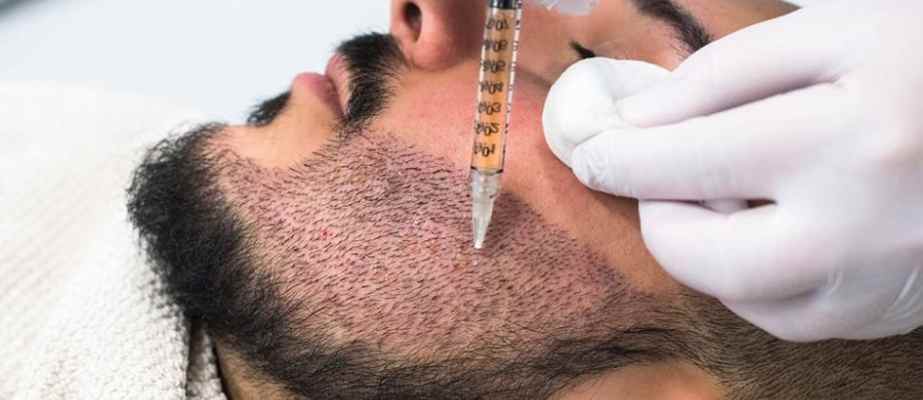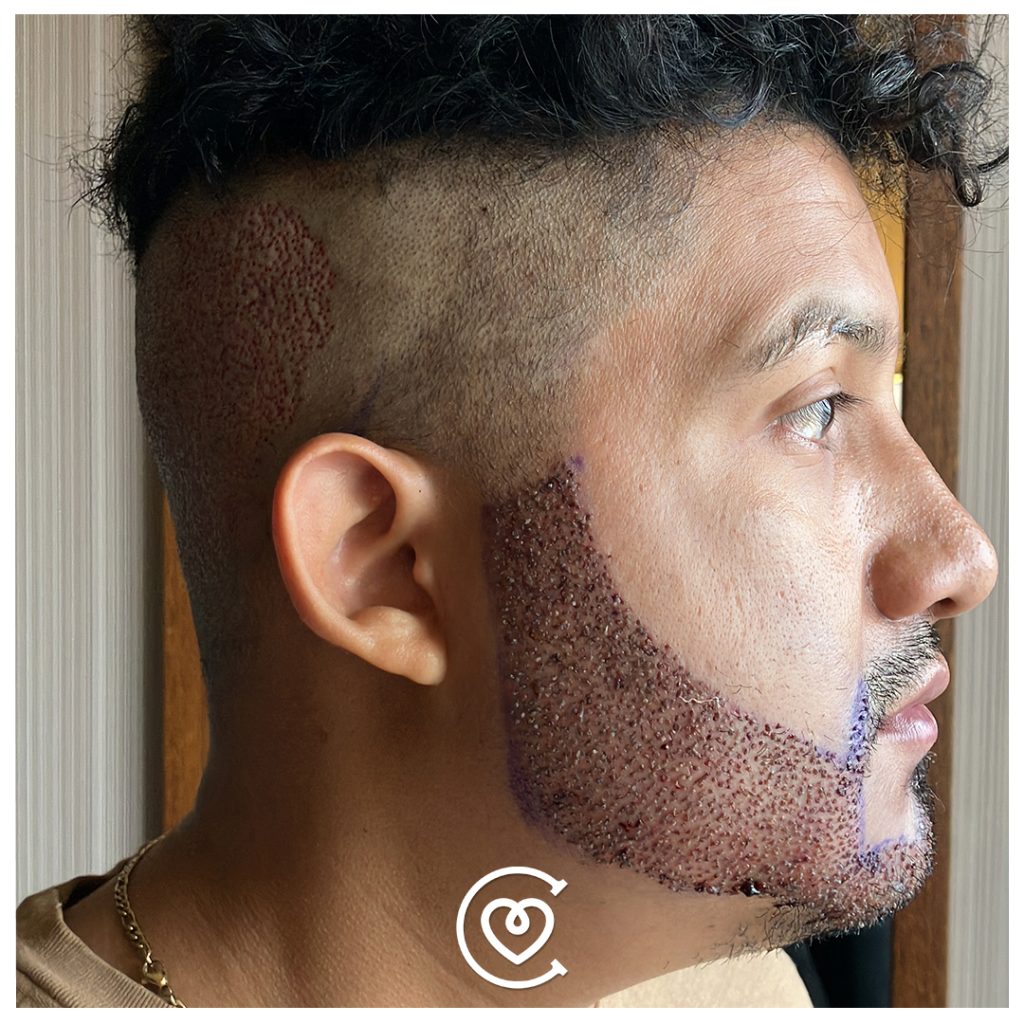A beard transplant is a revolutionary solution for men who struggle with patchy, thin, or uneven facial hair. Whether due to genetics, scarring, or hair loss conditions, a beard hair transplant helps men achieve a fuller, more defined beard. This facial hair transplant has gained immense popularity worldwide, especially in Turkey, which is known for its expertise in hair restoration procedures.
What is a Beard Transplant?
A beard transplant surgery involves extracting hair follicles, usually from the back of the scalp, and implanting them into the beard area. The procedure ensures natural-looking results and permanent growth.
Beard Transplant Techniques
FUE Beard Transplant (Follicular Unit Extraction)
The most popular method, extracting individual hair follicles and transplanting them into the beard.
DHI Beard Transplant (Direct Hair Implantation)
A more advanced method that allows for precise placement without shaving the recipient area.
Benefits of a Beard Transplant
- Natural-looking and permanent results
- Customizable beard style
- Minimal scarring and downtime
- Boosts confidence and masculinity
Who is an Ideal Candidate for Beard Transplant?
Men who experience:
Patchy or uneven beard growth
Genetic hair loss in the beard area
Scars preventing hair growth
Desire for a fuller beard

Beard Transplant Procedure
Step 1: Consultation
A detailed consultation with a specialist to analyze hair quality and design a beard shape.
Step 2: Donor Hair Extraction
Hair follicles are extracted from the donor site (usually the scalp).
Step 3: Implantation
Follicles are implanted into the beard area using DHI or FUE beard transplant techniques.
Step 4: Recovery & Growth
Initial healing occurs within 5-7 days, and full beard growth takes 6-12 months.

Beard Transplant Recovery Time
First Week: Redness and slight swelling may occur.
2-3 Weeks: Transplanted hair sheds (shock loss) but regrows naturally.
3-6 Months: New hair starts growing in the transplanted area.
6-12 Months: Full results become visible with a well-defined beard.

Cost of Beard Transplant Worldwide
| Country | Cost Range |
|---|---|
| USA | $6,000 – $15,000 |
| UK | £3,500 – £8,000 |
| Turkey | $1,500 – $3,500 |
| Germany | €4,000 – €9,000 |
| India | $900 – $2,500 |
Why Choose a Beard Transplant in Turkey?
Affordable beard transplant cost in Turkey compared to Western countries
Highly experienced surgeons in Istanbul and Antalya
Advanced clinics using the latest DHI and FUE beard transplant techniques
All-inclusive packages covering surgery, accommodation, and aftercare
Best Place for Beard Transplant – Cayra Clinic
At Cayra Clinic, we offer world-class beard restoration procedures with the latest technology. Our experienced surgeons ensure natural and long-lasting results, making us one of the best beard transplant clinics in Turkey. Learn more about Cayra Clinic expertise and why patients around the globe trust us for procedures like beard transplants by visiting our About Us page.
Are you ready to transform your look with a beard transplant? Contact us through our Contact Us page to schedule your consultation. For more information, visit our blog.
FAQs
Does a beard transplant look natural?
Yes, when performed by skilled surgeons, a beard implant provides natural-looking results.
How painful is a beard transplant?
The procedure is done under local anesthesia, making it virtually painless.
How long does a beard transplant take?
The procedure lasts 4-6 hours, depending on the number of grafts required.
How long does it take to see full results?
It takes around 6-12 months for the final beard growth.
Can I shave after a beard transplant?
Yes, but you should wait at least 2-3 weeks before shaving.
What is the success rate of a beard transplant?
Success rates are above 90% when performed by expert surgeons.
Can I get a beard transplant if I have a scar?
Yes, beard transplants can cover scars effectively.
Does a beard transplant require special aftercare?
Mild care is needed, including avoiding direct sunlight and rubbing the area.
What is the beard transplant cost in Turkey?
In Turkey, the price ranges from $1,500 to $3,500, depending on the clinic and technique used.
